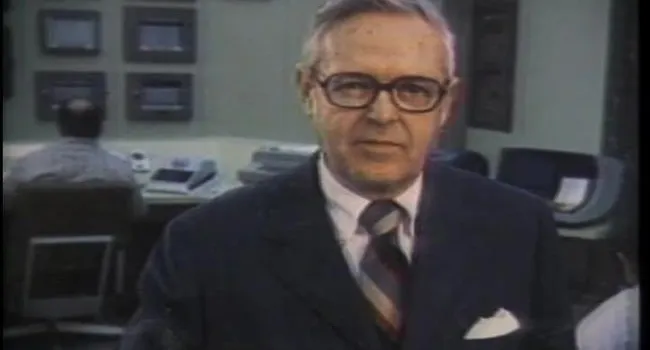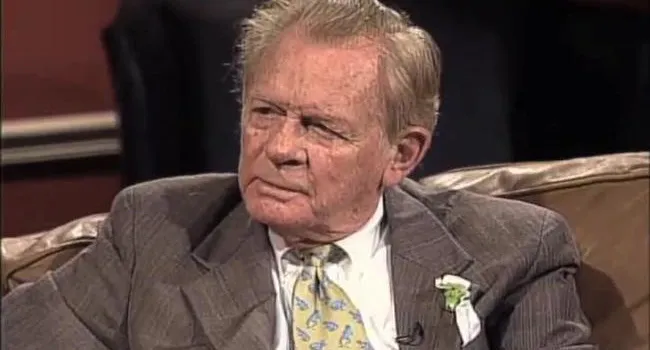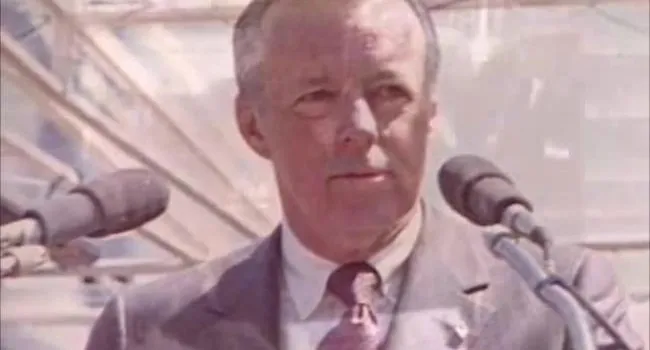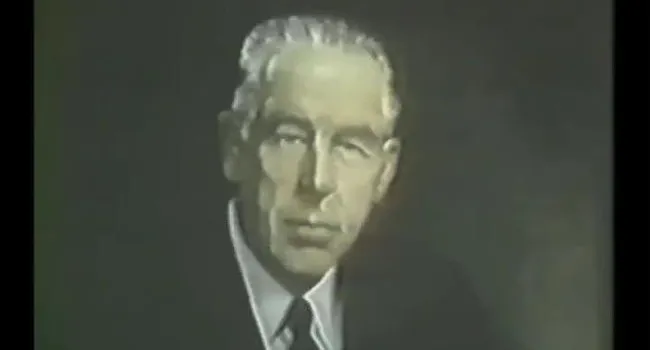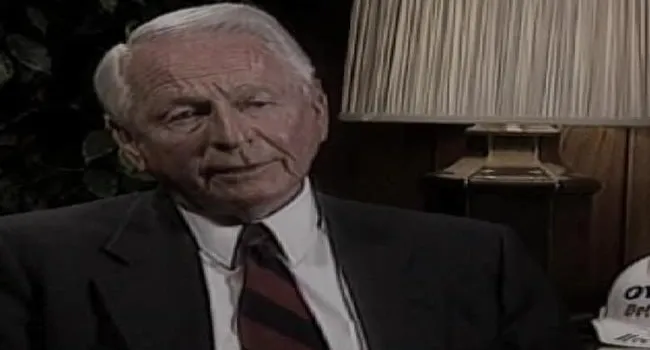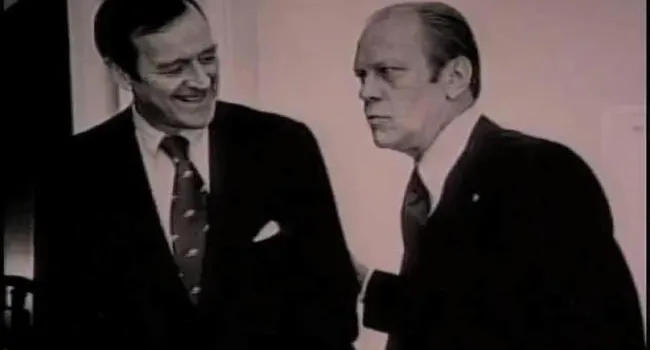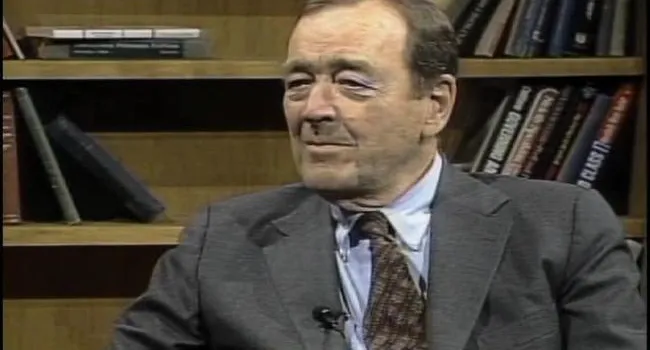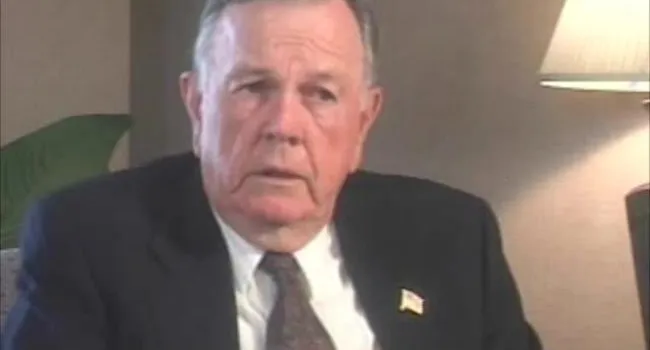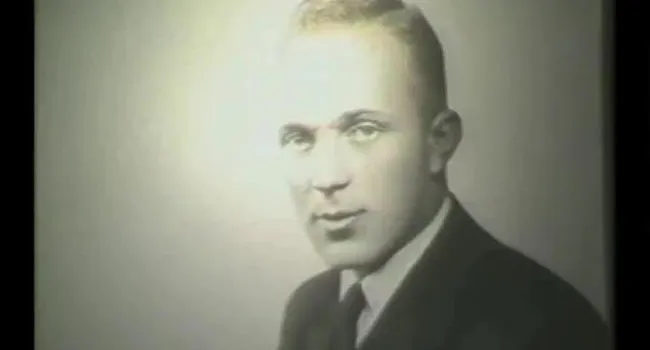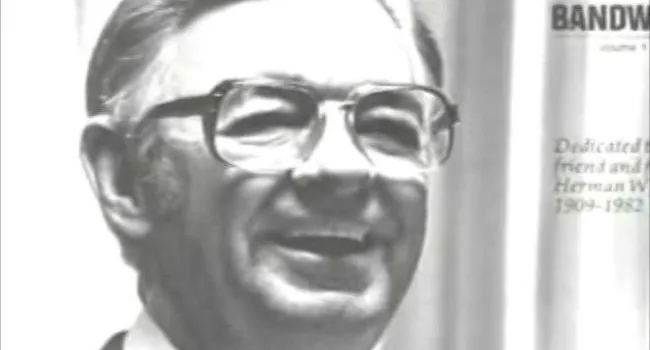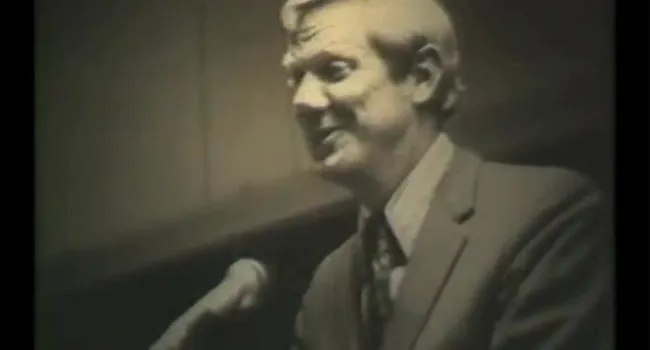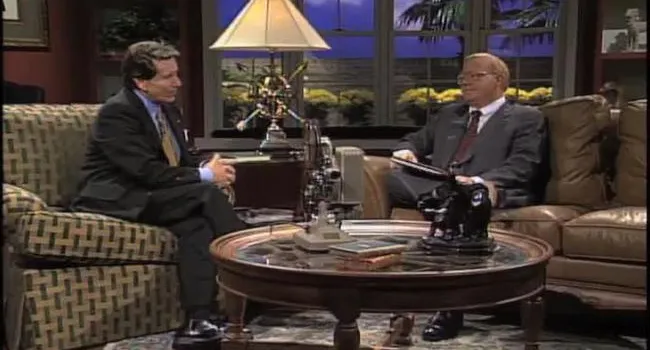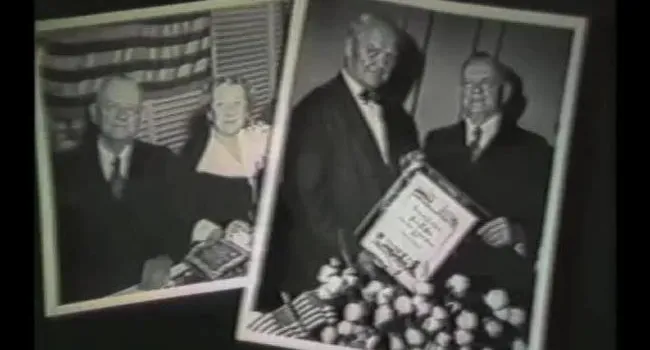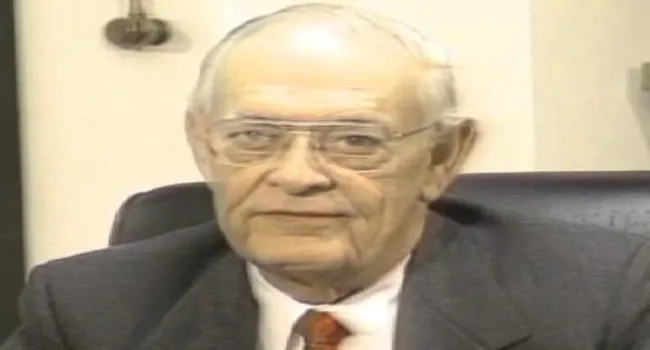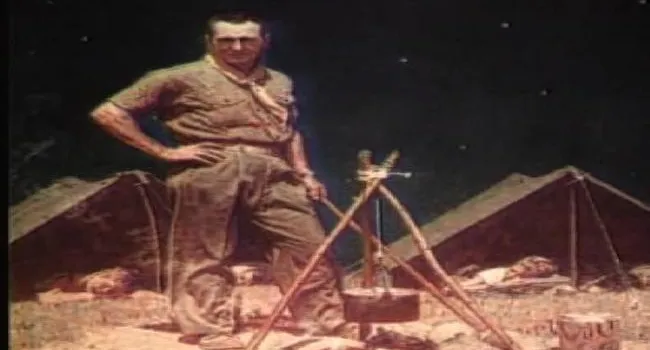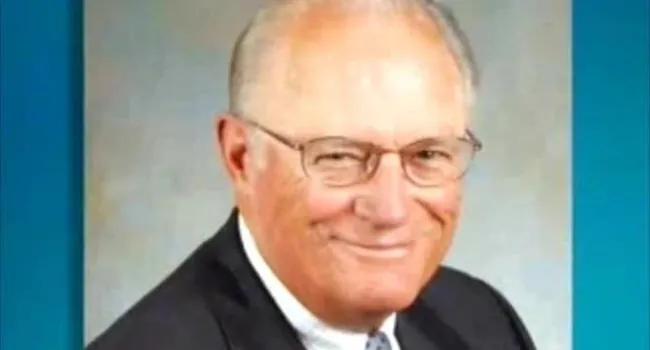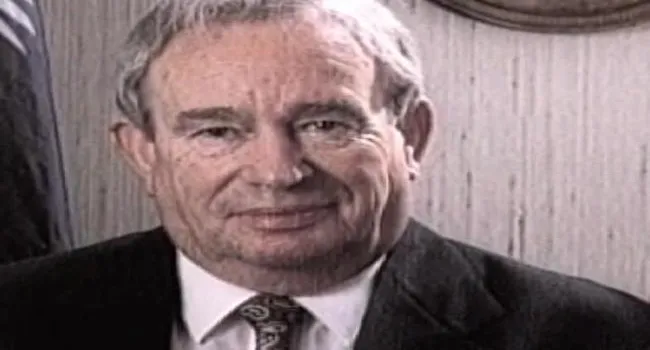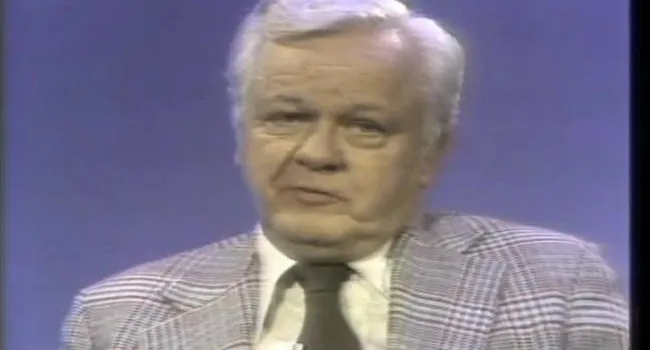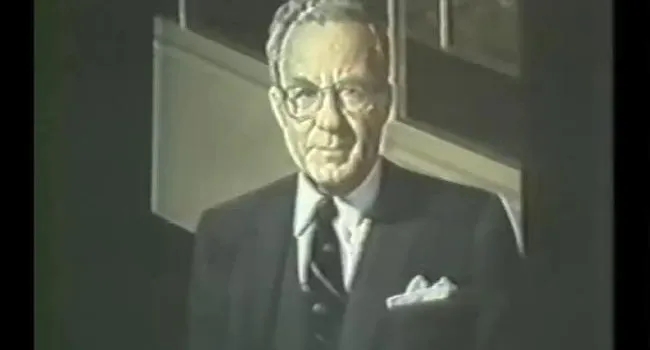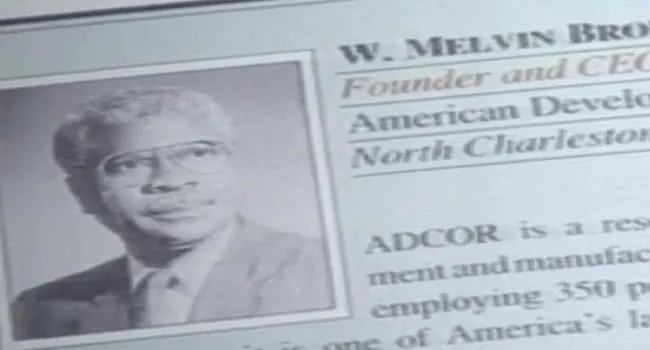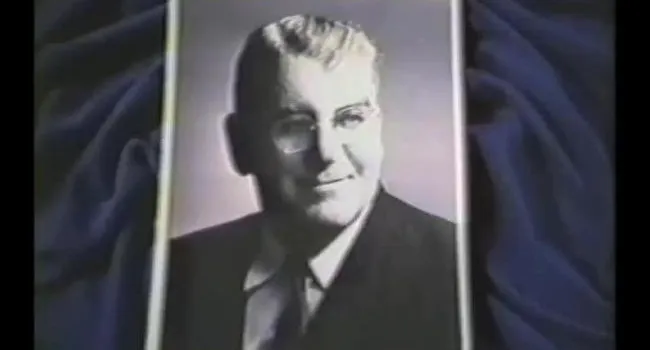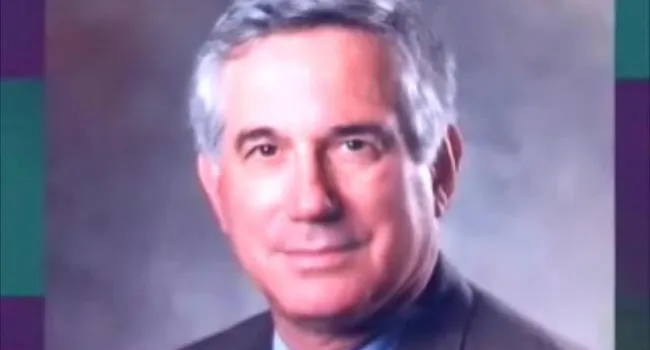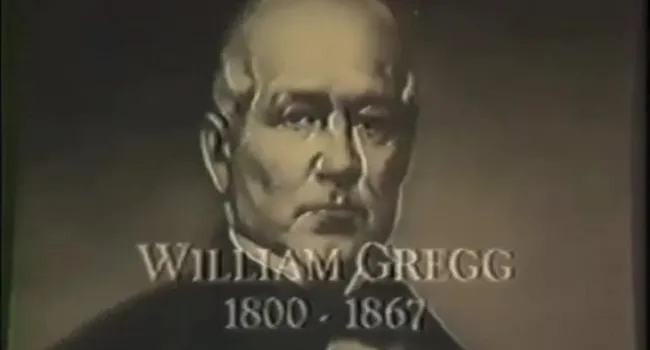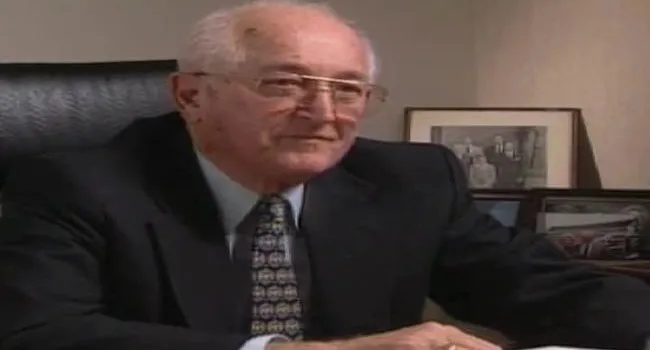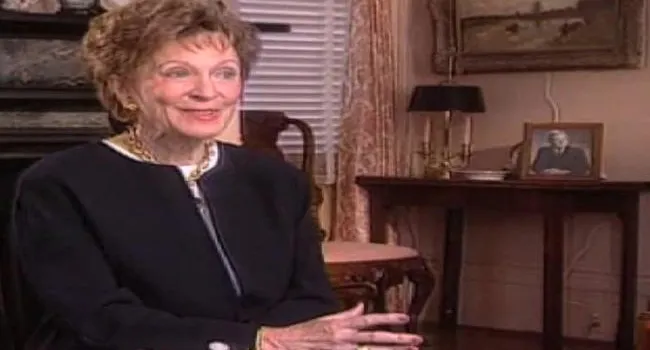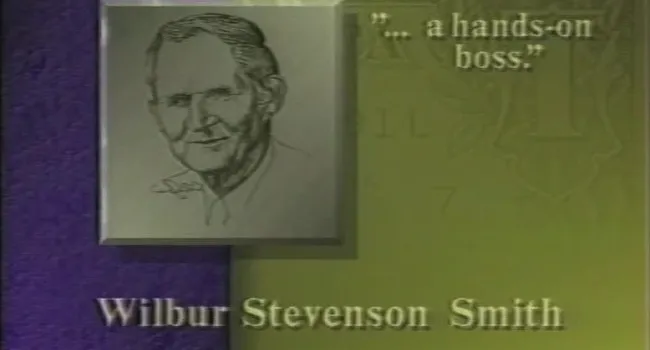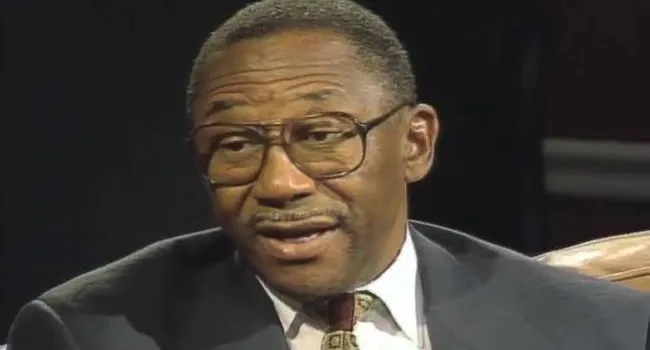A profile of Guy Fleming Lipscomb, Jr.
Guy Fleming Lipscomb, Jr. (1917-2009)
Business owner, chemist, civic leader, philanthropist, artist, author, teacher, star collegiate athlete, club golf champion, husband, father, and grandfather—Guy Lipscomb was all of these.
Guy Fleming Lipscomb, Jr., was born April 11, 1917, in Clemson, the son of Dr. Guy Fleming Lipscomb of Demopolis, Alabama, and Adelin Schroder Lipscomb of Charleston.
His father received a doctorate in chemistry from Princeton University and taught chemistry at Clemson College from 1912 to 1920, when he joined the University of South Carolina chemistry faculty. He served as department chairman and taught chemistry from 1931 until his retirement in 1949.
Guy, Jr., grew up in the university community and remembers as a grade-school youth helping his mother, an artist and a leader in the city's art community, hang paintings in the South Main Street area for art shows on Saturdays.
He graduated from University High School and enrolled at USC, where he was All-State as a basketball player and earned nine athletic letters. President of the senior class, he graduated in 1938 with a degree in chemistry. Among his electives were courses in art.
He joined his father at Continental Chemical Company, a business Dr. Lipscomb and two other professors had started several years earlier, mainly to supplement their university incomes. They produced sandblast stencil material used by the stone and glass industry.
When World War II began, Lipscomb tried to join the Navy but was turned down. In 1942, he joined E. I.du Pont de Nemours in Illinois, where he was trained to start up plants to manufacture explosives for the war effort.
In the summer of 1942, he married Margaret Fant, whom he had met while she was a student at Winthrop College. She graduated in 1941 and was teaching in Orangeburg when Japan bombed Pearl Harbor. After fulfilling her teaching contract, she and Lipscomb married and moved to Alabama, where he was employed by DuPont.
After the war, Lipscomb remained with DuPont and was transferred to Richmond, Virginia, where he was involved in research to develop a substitute for nylon. He continued his education at the University of Richmond. There followed a fellowship at the University of Akron, where he studied polymer and rubber chemistry and worked in Goodyear Tire and Rubber Company's laboratory.
In 1946, his father urged him to return to Columbia and Continental Chemical Company. So Guy, Jr., bought some machinery from a bankrupt rubber company, and, ancient though it was, it formed the nucleus of what developed into Anchor Continental, Inc., one of the country's leading manufacturers of tape products and sandblast stencil material.
In 1950, Continental Tapes was formed to manufacture pressure-sensitive tapes. Continental Chemical was renamed Anchor Continental in 1962, and it eventually acquired Continental Tapes.
In 1951, George Fant, Margaret Lipscomb's brother and a Harvard Business School graduate, joined the business. Fant brought business and financial expertise to the company and freed Lipscomb to handle research and production.
Lipscomb served as president and chief executive officer until 1974, when he turned control of the company over to Fant. Lipscomb stayed on as chairman of the board of directors. In 1979, with 700 employees, Anchor Continental was purchased by Smith and Nephew of Great Britain. George Fant remained as president and CEO until his retirement.
As early as 1970, Lipscomb had begun preparing for his departure from Anchor Continental so that he could concentrate on art. Gifted in opposing disciplines—science and art—he began painting seriously and received formal training from teachers throughout the country.
He won numerous awards, and his works have been shown in the National Academy of Art, the American Watercolor Society in New York City, and in many regional and national competitions. He has taught other artists throughout the United States and Canada. His book, Go With the Flow, has become a staple in watercolor instruction classes.
Lipscomb has been honored many times for his contributions to his alma mater. He received the Algernon Sydney Sullivan Award for distinguished service in 1963, the Distinguished Alumnus Award in 1987, the USC Educational Foundation Distinguished Award, and an honorary Doctor of Fine Arts degree in 1988.
He served as chairman of the South Carolina State Museum Commission from its inception in 1973 to 1995 and served on the Columbia Airport Commission, the Richland Industrial Development Commission, and the Midlands Industrial Commission. He was a director of the Greater Columbia Chamber of Commerce and First Federal Savings and Loan and served as president of the Five Points Rotary Club and the Columbia Museum of Art. He is also a member of the Central Carolina Community Foundation board and the advisory board of Junior Achievement of Central South Carolina.
Lipscomb enjoyed painting, attending workshops, teaching, and writing. He also played golf as often as possible. At 55, he won the Forest Lake Club golf championship and became the oldest champion in the club's history.
He and his wife had four daughters, Mrs. Henry (Margaret Marshall) Foster of Columbia, Mrs. Louise Howell of Atlanta, Georgia, Mrs. Ralph (Georgia) Cheek of Chattanooga, Tennessee, and Mrs. Thomas (Elizabeth) Tracy of Black Mountain, North Carolina. Ten grandchildren complete the family.
The Lipscomb family are members of the First Presbyterian Church of Columbia.
He was inducted into the South Carolina Business Hall of Fame in 1994.
Guy Lipscomb died on December 31, 2009.
© 1999 South Carolina Business Hall of Fame


